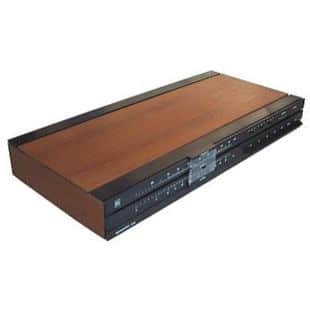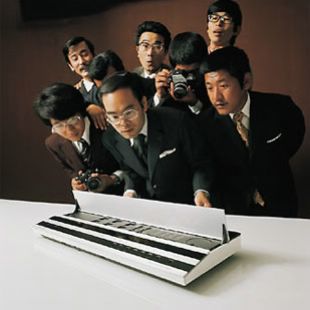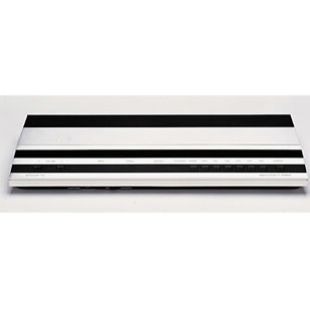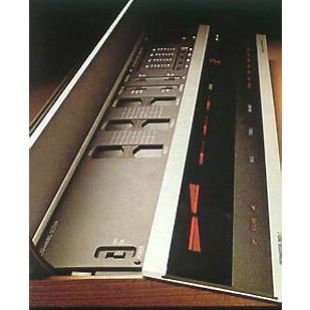BeoMaster 1700 (1973)

BeoMaster 1700 (1973)
“This title might suggest a paradox to many readers. And in a way you are right. But there is a reason why Bang & Olufsen has separated this otherwise perfectly integrated high-fidelity system. The combination possibilities in Beosystem 1700 are so numerous that for many people the entire system is unnecessary. The essential part of the system is BeoLab 1700: a 2 x 20 watts RMS amplifier with ambiophonic stereo facilities.
The tuner, Beomaster 1700, the cassette-recorder, Beocord 1700 and the record player, Beogram 2000 cover nearly all existing programme sources for the reproduction of music. Beovox 2702 loudspeakers complete the system. Beovox 1702 are recommended as side speakers for ambiophony, if this extra sound experience is desired. Now it is up to you to put your ideal Beosystem 1700 together. ” – 1974 Catalogue
Beomaster 1700 was a highly sensitive FM tuner with manual tuning on the entire scale, plus 3 pre-set stations. The FM scale covered the 87.5-104 MHz range, channel numbers were clearly written on the scale to aid easy tuning. There were pre-set facilities for P1, P2 and P3 so that subsequent programme selection was by easy push buttons. An illuminated indicator made tuning easy and the AFC (automatic frequency control) facility assisted fine tuning. The tuner was highly sensitive and distortion was less than 0.5 %. Frequency range was 20-15.000 Hz, the same as that transmitted from FM stations. Field effect transistors, integrated circuits and ceramic filters were used in Beomaster 1700.
This tuner offered choice in the range but don’t buy this imagining that you will be getting something akin to a Beomaster 5000. Comparing the two is invidious as the cost was far different and the contents of the Beomaster 1700 case were much simpler. It did allow use with devices like the Beocord 2400 which had a built in amplifier but the tuner would be a very low cost choice.
BeoMaster 1700 (1973) Product Details
Type Numbers
2607 (1973 - Oct 1976)
Designer
Manufactured
1973 - 1977
Colour Options
Rosewood, Teak
BeoMaster 1700 (1973) Product Specification
FM tuner range: 87.5 – 104 MHz
Power supply: 110 – 130 – 220 – 240 V
50 – 60 Hz
Power consumption: 15 – 120 W
Dimensions W x H x D: 7.5 x 50 x 23cm
Weight: 4.8 kg
Connections: tape, amplifier
Gold or Silver membership required to view documents
Available documents are listed, if none are listed then please reach out to see if we have them.
BeoMaster 1700 (1973) FAQs
Please let us know














